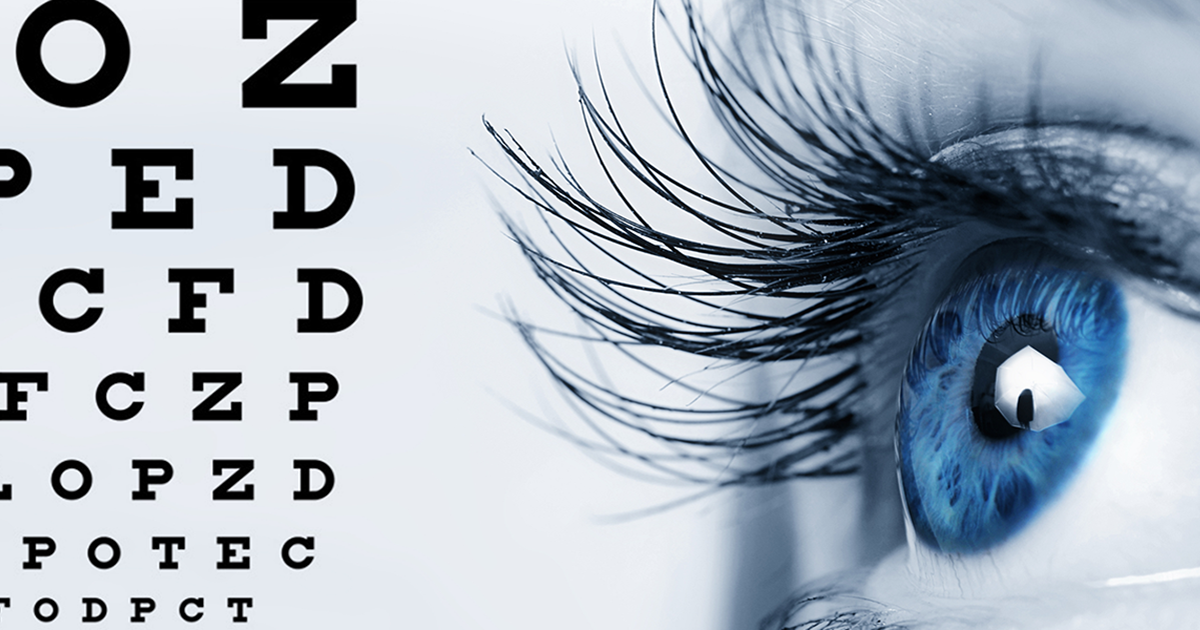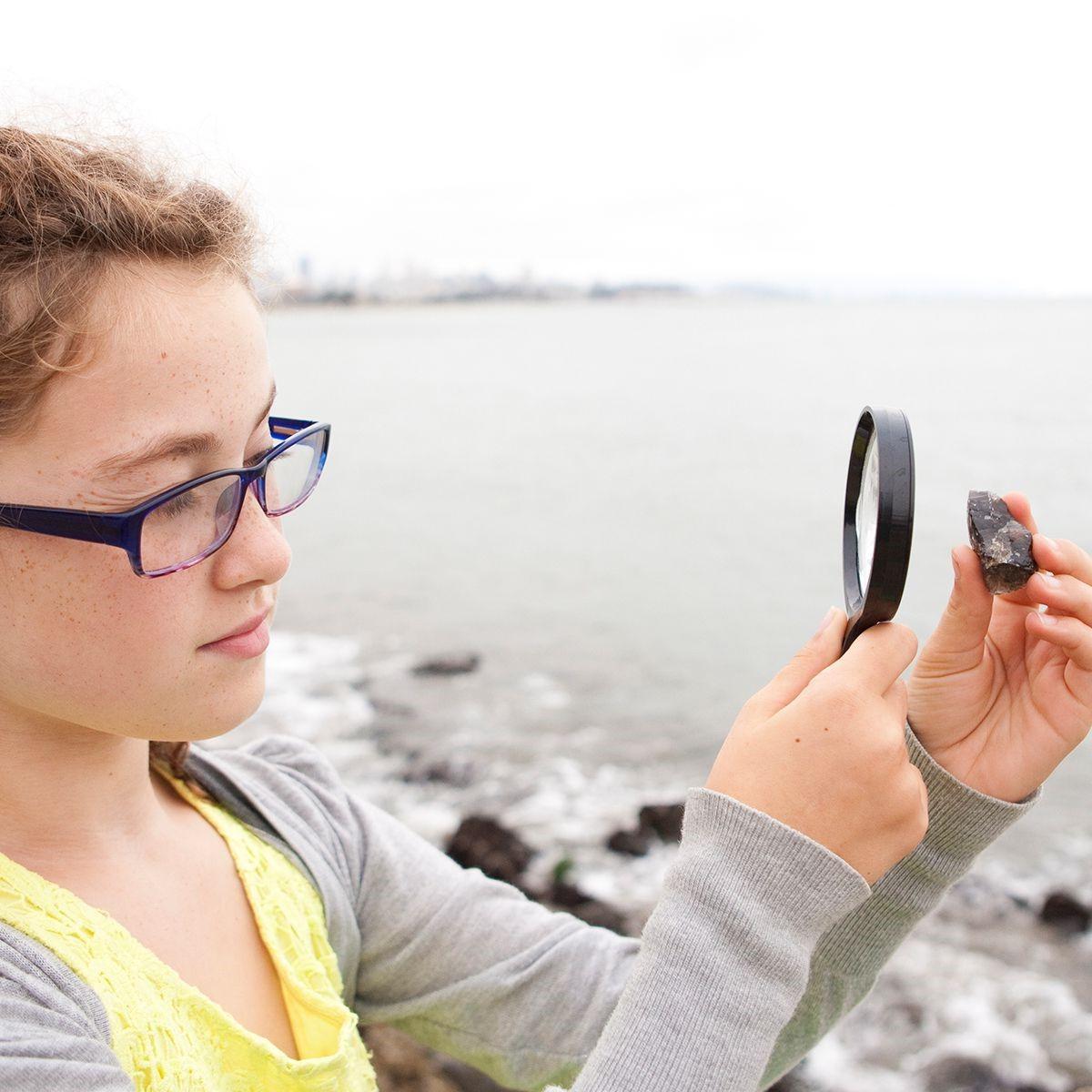Premier Eyecare Near Me: Specialist Vision Providers Available
Premier Eyecare Near Me: Specialist Vision Providers Available
Blog Article
The Role of Advanced Diagnostic Equipment in Identifying Eye Disorders
In the world of ophthalmology, the use of innovative diagnostic tools has reinvented the very early identification and administration of numerous eye disorders. From identifying refined modifications in the optic nerve to checking the progression of retinal illness, these technologies play a pivotal role in improving the accuracy and performance of diagnosing ocular conditions. As the need for specific and prompt medical diagnoses remains to expand, the combination of sophisticated tools like optical comprehensibility tomography and aesthetic area screening has come to be essential in the realm of eye care. The detailed interplay between technology and ophthalmic practices not only clarifies detailed pathologies yet also opens doors to tailored treatment techniques.
Significance of Early Medical Diagnosis
Very early medical diagnosis plays an essential duty in the reliable management and therapy of eye disorders. By finding eye conditions at an early stage, health care service providers can supply proper therapy plans tailored to the certain condition, ultimately leading to much better results for clients.

Innovation for Finding Glaucoma
Cutting-edge diagnostic technologies play a vital function in the early detection and tracking of glaucoma, a leading source of permanent blindness worldwide. One such innovation is optical comprehensibility tomography (OCT), which gives detailed cross-sectional pictures of the retina, enabling the measurement of retinal nerve fiber layer thickness. This measurement is necessary in assessing damage caused by glaucoma. One more innovative tool is visual area screening, which maps the sensitivity of an individual's visual field, aiding to detect any type of areas of vision loss attribute of glaucoma. Additionally, tonometry is used to gauge intraocular pressure, a major threat factor for glaucoma. This examination is important as elevated intraocular stress can cause optic nerve damages. Furthermore, more recent innovations like using synthetic knowledge algorithms in evaluating imaging data are showing encouraging results in the very early detection of glaucoma. These sophisticated diagnostic tools make it possible for eye doctors to diagnose glaucoma in its beginning, enabling for timely intervention and better monitoring of the condition to stop vision loss.
Role of Optical Coherence Tomography

OCT's capacity to quantify retinal nerve fiber layer density permits specific and objective measurements, aiding in the early discovery of glaucoma also before aesthetic field issues emerge. OCT modern technology allows longitudinal tracking of structural changes over time, promoting tailored therapy plans and prompt treatments to assist preserve individuals' vision. The non-invasive nature of OCT imaging additionally makes it a favored choice for monitoring glaucoma development, as it can be repeated frequently without causing pain to the client. On the whole, OCT plays a vital function in boosting the analysis accuracy and monitoring of glaucoma, ultimately adding to better results for individuals at danger of vision loss.
Enhancing Diagnosis With Visual Area Screening
An important component in detailed sensory evaluations, visual field screening plays a critical function in improving the analysis process for different eye conditions. By examining the full degree of an individual's visual area, this test offers crucial information about the practical integrity of the entire aesthetic path, from the retina to the visual cortex.
Visual area testing is especially beneficial in the medical diagnosis and management of problems such as glaucoma, optic nerve conditions, and different neurological view publisher site conditions that can affect vision. Via quantitative measurements of outer and central vision, medical professionals can find refined adjustments that might suggest the existence or development of these problems, also prior to recognizable signs occur.
Furthermore, aesthetic field testing enables the monitoring of therapy efficacy, aiding eye doctors tailor therapeutic interventions to individual patients. eyecare near me. By tracking modifications in aesthetic field performance gradually, doctor can make informed choices about adjusting medicines, advising medical treatments, or executing other proper procedures to maintain or improve an individual's aesthetic feature
Taking Care Of Macular Deterioration

Final Thought
To conclude, progressed diagnostic devices play a vital role in determining eye conditions beforehand. Technologies such as Optical Comprehensibility Tomography and visual area testing have actually substantially improved the precision and effectiveness of identifying conditions like glaucoma and macular deterioration. Early detection enables for timely intervention and monitoring of these problems, inevitably resulting in much better outcomes for patients. It is critical for medical care experts to stay upgraded on these developments to offer the ideal possible care for their people. eyecare near me.
Report this page